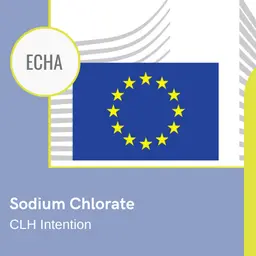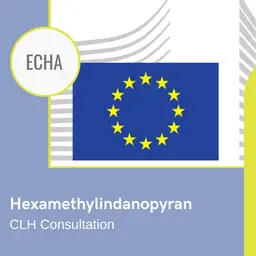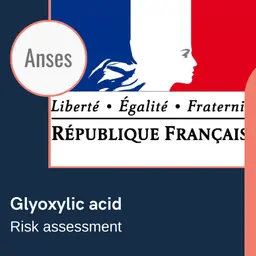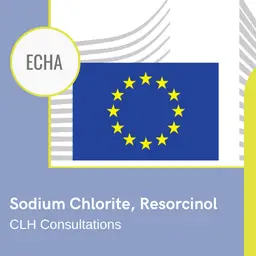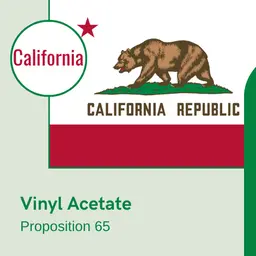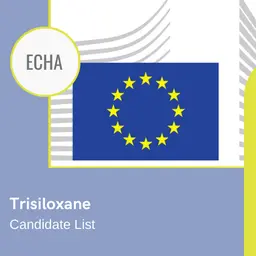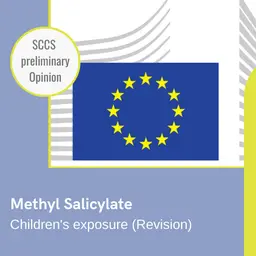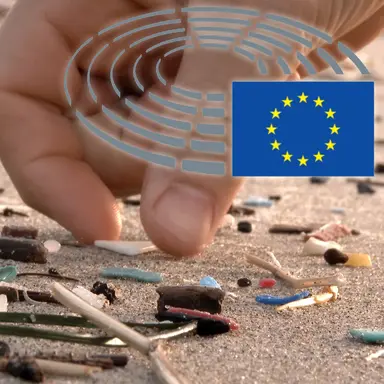
Microplastics are currently at the heart of all the concerns and attention of legislators around the world. And even if the cosmetics sector only contributes 2% to marine pollution by plastic particles, it is the first to be affected by the ban policies that are being put in place. Europe has taken action against these microplastics at several levels and the European Parliament has just taken stock of its contribution.
European Parliament’s Communication
Where do microplastics come from and what are their effects? Discover key facts about microplastics and find out what solutions the EU is working on.
What are microplastics and where do they come from?
Microplastics are tiny pieces of plastic material typically smaller than five millimetres. They can be divided into two main categories according to their source.
Primary microplastics
• Directly released in the environment as small particles
• Are estimated to represent between 15-31% of microplastics in the oceans
• Main sources: laundering of synthetic clothes (35% of primary microplastics); abrasion of tyres through driving (28%); intentionally added microplastics in personal care products, for example microbeads in facial scrubs (2%)
Secondary microplastics
• Originate from degradation of larger plastic objects, such as plastic bags, bottles or fishing nets
• Account for 69-81% of microplastics found in the oceans
What are the effects of microplastics?
Microplastics are found in growing quantities in the ocean. According to the UN, there are as many as 51 trillion microplastic particles in the seas, 500 times more than stars in our galaxy.
Microplastics found in the sea can be ingested by marine animals. The plastic then accumulates and can end up in humans through the food chain. They have been found in food and drinks, including beer, honey and tap water. Not surprisingly, plastic particles have also recently been discovered in human stool.
The effect on human health is as yet unknown, but plastics often contain additives, such as stabilisers or flame-retardants, and other possibly toxic chemical substances that may be harmful to the animal or human ingesting them.
What solutions is the EU working on?
In September 2018, MEPs approved a plastics strategy that aims to increase the recycling rate of plastic waste in the EU. In addition, they called on the European Commission to introduce an EU-wide ban on intentionally added microplastics in products such as cosmetics and detergents by 2020, and to take measures to minimise the release of microplastics from textiles, tyres, paint and cigarette butts.
In October 2018, Parliament backed an EU ban on certain single-use plastic products that are widely found in the seas and that already have available, non-plastic substitutes. MEPs added oxo-degradable plastics to the list of items to be banned. Oxo-degradable plastics are conventional plastics that break easily down into tiny pieces due to additives and contribute to microplastic pollution in the oceans.
In 2015, Parliament voted in favour of a restriction of light-weight plastic bags in the EU.
For further information
• See the communication Microplastics: sources, effects and solutions, European Parliament News, 22 November 2018

